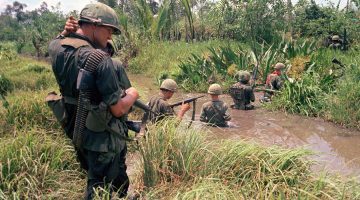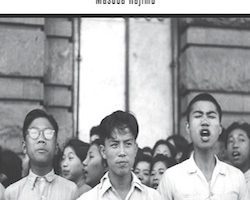Cold War Crucible: The Korean Conflict and the Postwar World, by Hajimu Masuda (2015)
Charleston Shooting Exposes America’s Pro-Apartheid Cold War Past
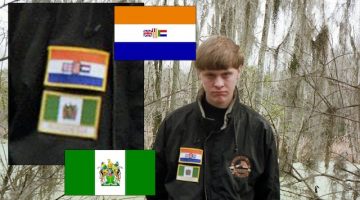
In the wake of the shooting at the Emanuel African Methodist Episcopal Church in Charleston, the United States has undergone a deep soul searching. Images of the confessed shooter posing with the Confederate Battle Flag have launched a long-overdue national debate about the meaning of Confederate imagery. But they have quickly overshadowed the shooter’s use of two other symbols: the defunct standards of Rhodesia (Zimbabwe) and apartheid South Africa.
Photographing the German Air War, 1939-1945

During World War II, thousands of German “Propaganda Company” (PK) photographers took at least three and a half million pictures of every front on which the Germans were fighting. Hundreds of these photographs were published in mass circulation illustrated magazines and newspapers and seen by millions of readers. These images helped in significant ways to shape the way that Germans and Europeans saw the war between 1939 and 1945 and also to affect the visual memory of World War II up to the present day.
After WWII: A Soviet View of U.S. Intentions
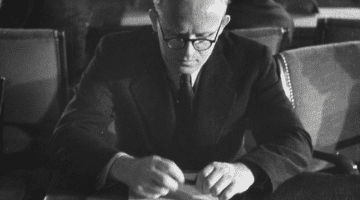
In February 1946, George F. Kennan, a senior U.S. diplomat based in Moscow, sent the State Department his famous “long telegram,” an attempt to explain Soviet behavior at a time of quickly worsening relations between the superpowers, as their wartime alliance unraveled. Excerpt’s of Novikov’s message are posted below. Both come from our featured book this month, America in the World: A History in Documents from the War with Spain to the War on Terror.
After WWII: George Kennan’s “Long Telegram”
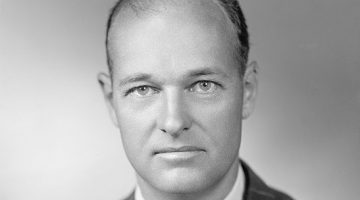
In February 1946, officials in Washington asked the U.S. embassy in Moscow why the Soviet government was failing to cooperate with American plans for the postwar international order. On the receiving end was George Kennan, a career foreign service officer who had risen to be the second-ranking American official in Moscow. Kennan replied with an extraordinary 5,300-word cable later dubbed the “long telegram.”
The End of the Lost Generation of World War I: Last Person Standing
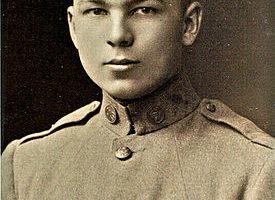
by Andrew Villalon In 2014, we enter the centennial of one of history’s most terrible conflicts. Originally (and quite appropriately) named The Great War, the four-year conflict claimed roughly eight and a half to nine and a half million lives on the battlefield, not to mention millions of civilian war deaths as well as many […]
Shores of Knowledge: New World Discoveries and the Scientific Imagination, by Joyce Appleby (2013)
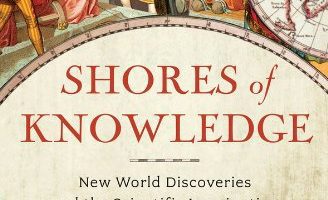
by Jorge Cañizares Esguerra Shores of Knowledge has gotten its share of uncritical, rave reviews from Bill Moyers to the Washington Post. I wrote the following review for a small academic, European journal, Centaurus. There it will be read only by a handful of specialists, if I’m lucky. I want to make this review available […]
Kalashnikov’s Lawn Mower: The Man behind the Most Feared Gun in the World
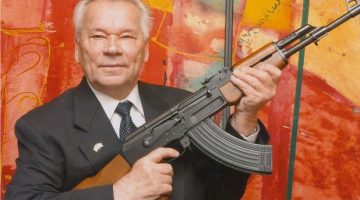
In his latter years Kalashnikov still very much liked to tinker, and to reflect on his most popular invention. Though he denied any responsibility for what he described as the misuse of his weapon, he did come to express some regret for what it had become: a symbol and weapon of choice for terrorists and revolutionary groups the world over. “I would prefer to have invented a machine that people could use and that would help farmers with their work - for example a lawnmower.”
Hitler’s Army: Soldiers, Nazis, and War in the Third Reich (1991)
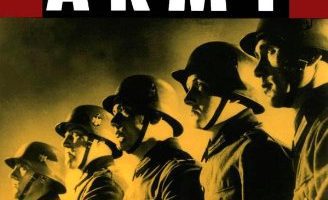
At the Battle of Stalingrad in January 1943, the German Wehrmacht looked hopeless.
